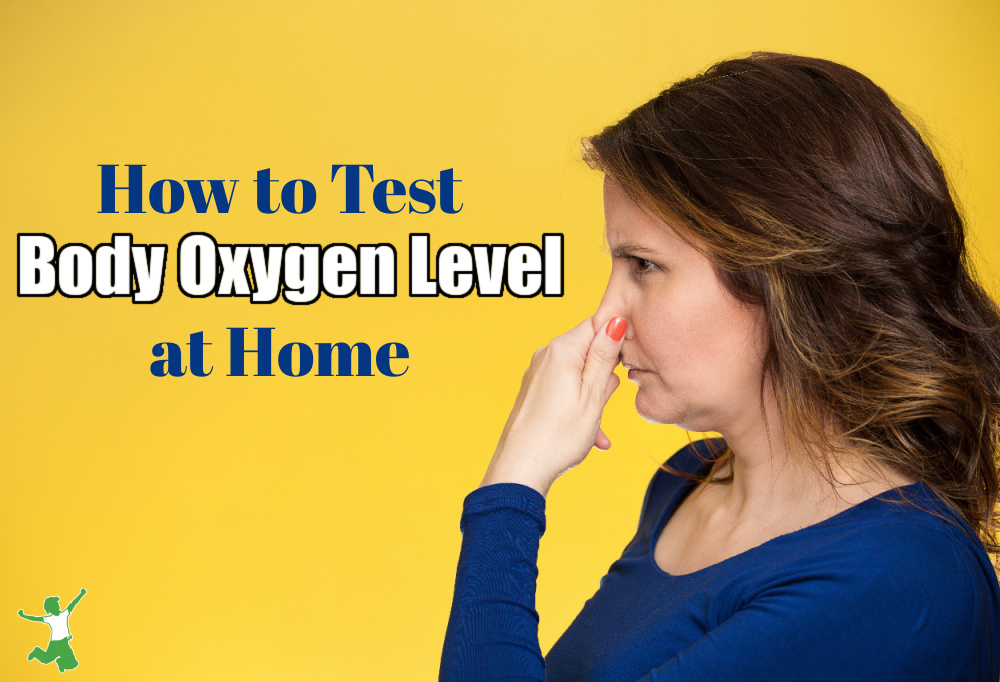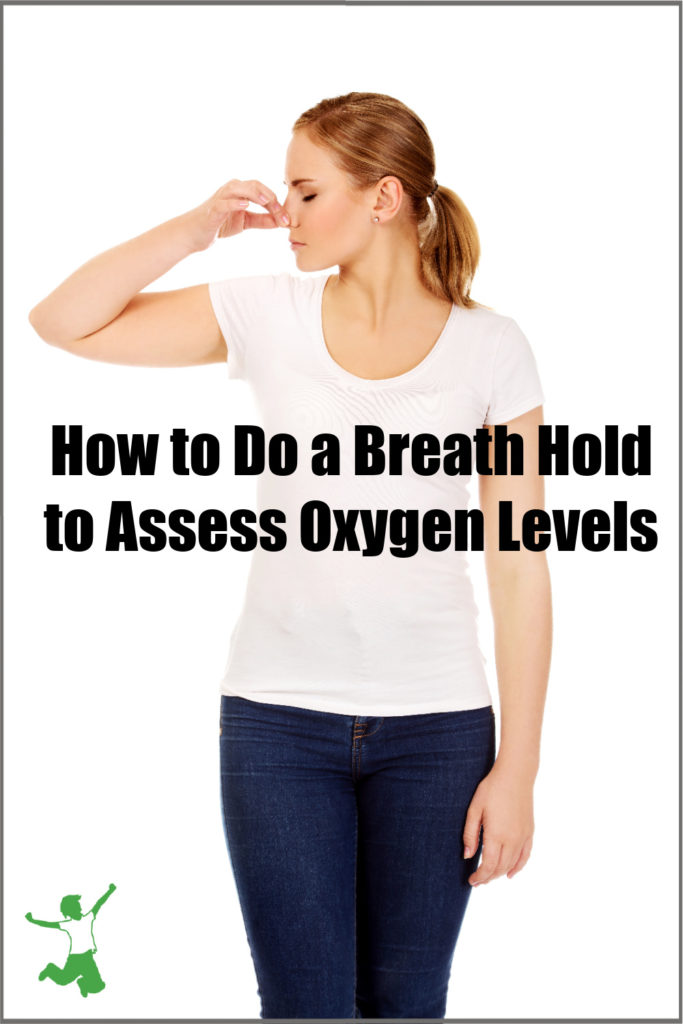Table of Contents[Hide][Show]
How to easily assess body oxygen level at home using the simple BOLT test that’s been around since 1975.

Over the past couple of years, people have increasingly become aware of how important oxygen levels are to the overall health of the body.
Hence, when respiratory illness takes hold or anxiety temporarily sets in, having the ability to assess body oxygen quickly at home can be an important tool.
Air Hunger is Common
Shortness of breath, panic attacks, and even frequent sighing/yawning (a sign you’re not getting enough oxygen) are experienced by many people in this age of high stresses all around us.
This “air hunger” can indicate thyroid or adrenal dysfunction or just poor breathing habits that are too shallow.
And it is far more common than people realize. Many are even unaware that is an issue.
Low energy and susceptibility to chronic illnesses can be the result.
Learning to deal with life stresses naturally is very important. Breathing is a key way to do this, for purposes of self-diagnosis as well as rapid remediation.
Body Oxygen Level Test (BOLT)
If you would like to assess your body’s oxygen levels and the sensitivity of your breath receptors to carbon dioxide, the BOLT test is a good one to try.
It’s been around a long time…as far back as 1975!
Researchers observed that the length of time a person could hold their breath comfortably was an indication of relative breathing volume during rest and breathlessness during physical exercise. (1-5)
This test is not a measurement of how long you can hold your breath. It simply assesses the time it takes for your body to react physically to a lack of air.
Your fitness level will not impact your result. Elite athletes can sometimes score lower than couch potatoes!
Here’s how to try it yourself at home. Using the stopwatch on your phone is an easy way to measure your score.
- Sit in a comfortable position at a time of day when you are feeling most relaxed. Take a normal breath in through your nose and allow a normal breath out through your nose.
- Hold your nose with your fingers at the completion of the exhale. This prevents air from entering your lungs.
- Time the number of seconds until you feel the first definite desire to breathe or the first stresses of your body urging you to breathe. These sensations may include the need to swallow or a constriction of the airways. You may also feel the first involuntary contractions of your breathing muscles in your abdomen or throat as the body gives the message to resume breathing.
- Release your nose, stop the timer, and breathe in through your nose. Your inhalation at the end of the breath hold should be calm.
- Resume normal breathing. If you are breathing hard, you held too long. Re-test at another time.
Assessing Results
A healthy, vital body should be able to go without air comfortably for at least 20 seconds.
This is the common starting BOLT score for an individual who exercises regularly at a moderate intensity.
If you scored less than this, try re-testing again at different times of day to assure that there is, in fact, a pattern.
If your BOLT score is consistently below 20 seconds, depending on genetic predisposition, you will probably find you experience a blocked nose, cough, wheeze, disrupted sleep, snoring, fatigue, and excessive breathlessness during physical exercise.
Increasing your BOLT score gradually to 40 seconds through improved breathing techniques can help you feel better, experience less anxiety and stress, and have more energy for everyday activities as well as reduced breathlessness during physical exercise.
How to Improve
There are a number of schools of thought on how to improve your breathing.
If you enjoy group activities, a simple, accessible way for most people is to take up Hatha yoga. This branch of yoga combines mindful breathing techniques with simple, non-strenuous body movement and stretching.
Stay away from the hot yoga trend or very strenuous yoga flows (at least at first).
Outbreath techniques are another highly regarded alternative as outlined in the book Just Breathe Out by Betsy Thomason. This approach is suggested by the Weston A. Price Foundation.
To give you a personal example, the first time I did this test, I scored 25 seconds. Just through regular breathing exercises and focusing on improving outbreath, I’ve easily improved to 40 seconds in a very short time!

(1) The Body Oxygen Level Test (BOLT)
(2) Rating of breathlessness at rest during acute asthma: correlation with spirometry and usefulness of breath-holding time
(3) Relationship between breath-hold time and physical performance in patients with cystic fibrosis
(4) Pathophysiology of dyspnea (shortness of breath) evaluated by breath-holding test
(5) Evaluation of breath-holding in hypercapnia as a simple clinical test of respiratory chemosensitivity








Leave a Reply